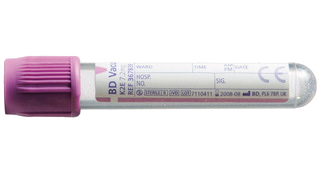


Ichthyosis, DSP-related
Commandez l'examen
57,48
47,50 (hors 21% TVA)
Description
L’ichtyose est un vaste groupe hétérogène de maladies cutanées caractérisées par la formation d’une peau sèche, squameuse et épaissie. La variante observée chez le caniche (nain) se transmet sur un mode autosomique dominant et est causée par une mutation du gène DSP.
Espèce cible et races
Chien
Caniche
Prélèvement
- Ecouvillon génétique
- EDTA sang complet
Délai
14 jours
